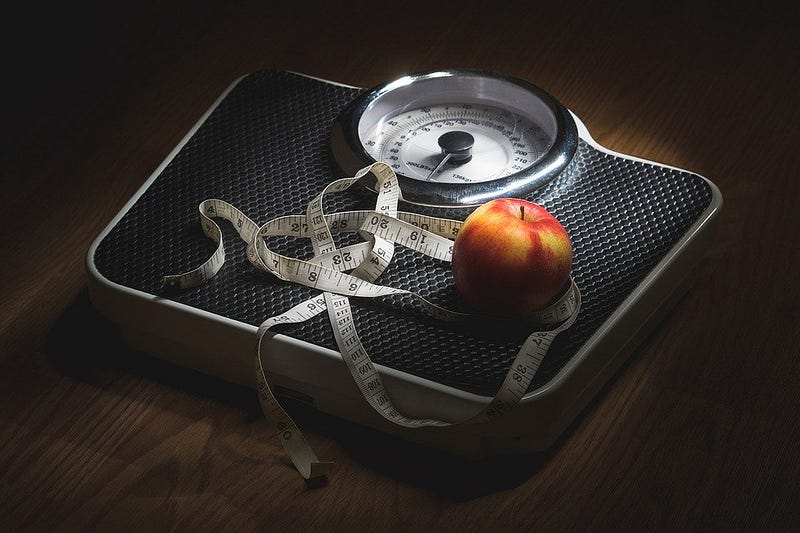The best way to lose weight? Use fat cells and cold temperatures!
By Theresa Chung, Health Science, 2023

Fat gets a pretty bad rep. It’s typically assumed that fat is bad because it makes you gain weight, so people should do their best to have less of it. But it turns out that there are fat cells that can actually help people lose weight and possibly combat metabolic diseases such as diabetes. Originally it was believed that brown and beige adipose cells — tissue used for the storage of fat — only served a purpose in producing heat, but now it seems as though these fat cells can end up being used in order to stimulate weight loss in humans. Studies from the early 2010s have shown that when exposed to cold temperatures, brown and beige adipose cells can increase their energy usage to burn glucose and fat.
In order to study how brown and beige adipose cells are induced by cold temperatures to undergo heat generation, or thermogenesis, researchers Kajimura, Spiegelman, and Seale measured thermogenesis in mice and then applied their findings to humans, as shown in their 2015 Cell Metabolism study. In mice, beige adipose tissue and brown adipose tissue (BAT) form prenatally in order to protect newborns from cold environmental temperatures. Exposure to cold temperatures causes the sympathetic nervous system to release the neurotransmitter norepinephrine, which activates the beige and brown adipose cells. Once these adipose cells are activated, the mitochondrial uncoupling protein 1, a protein present in both brown and beige adipose cells, can activate to generate heat.
Brown and beige adipose cells share the ability to utilize thermogenesis, not just in a way that heat is produced to stay warm, but also to use this heat to burn glucose and fat.
Beige adipose tissue is directly affected by cold temperatures and reacts through inducing thermogenesis, while brown adipose tissue is indirectly affected, meaning it must first receive a response from the central and sympathetic nervous system. Both brown and beige adipose cells share the ability to utilize thermogenesis, not just in a way that heat is produced to stay warm, but also to use this heat to burn glucose and fat.
In addition to maintaining homeostasis, beige adipose tissue has also been found to be more effective against weight loss and metabolic diseases. Another study by Spiegelman, published in 2013 in Proceedings of the National Academy of Sciences, found that when brown and beige fat is removed from a mouse, more fat accumulates and insulin resistance builds up, which leads to an increased risk for weight gain and diabetes. This means that the presence of brown and beige fat is necessary in order for mice, and even humans, to regulate weight.
A human’s metabolism could increase by stimulating BAT activity through cold temperatures.
Adult humans have been found to have a mixture of both brown but mostly beige adipose cells in the supraclavicular region, the area above the collarbone. It also turns out that humans who are slimmer and younger have more BAT in their supraclavicular region than those who are older and larger. Similarly to mice, when humans lack brown and beige adipose tissue, they are more likely to experience weight gain or diabetes. The same study in 2015 by Spiegelman showed that when exposed to the cold, adult humans have also shown increased activity in beige adipose cells. This increased activity represented an increase in the rate of glucose and fat being burned. This means that humans are actually capable of natural weight regulation through brown and beige adipose tissue activity.
Essentially, a human’s metabolism could increase by stimulating BAT activity through cold temperatures. This increase in metabolism could help to reduce weight gain and also reduce the risk of diabetes in humans. It seems as though losing weight and lowering the prevalence of diabetes in today’s society could be done simply through exposing humans to the cold in order to induce the BAT activity in their bodies.
Sources: Proceedings of the National Academy of Sciences (2013) | Cell Metabolism (2015)
